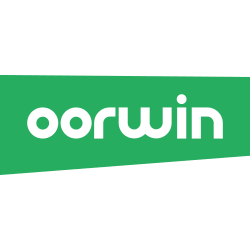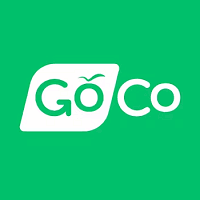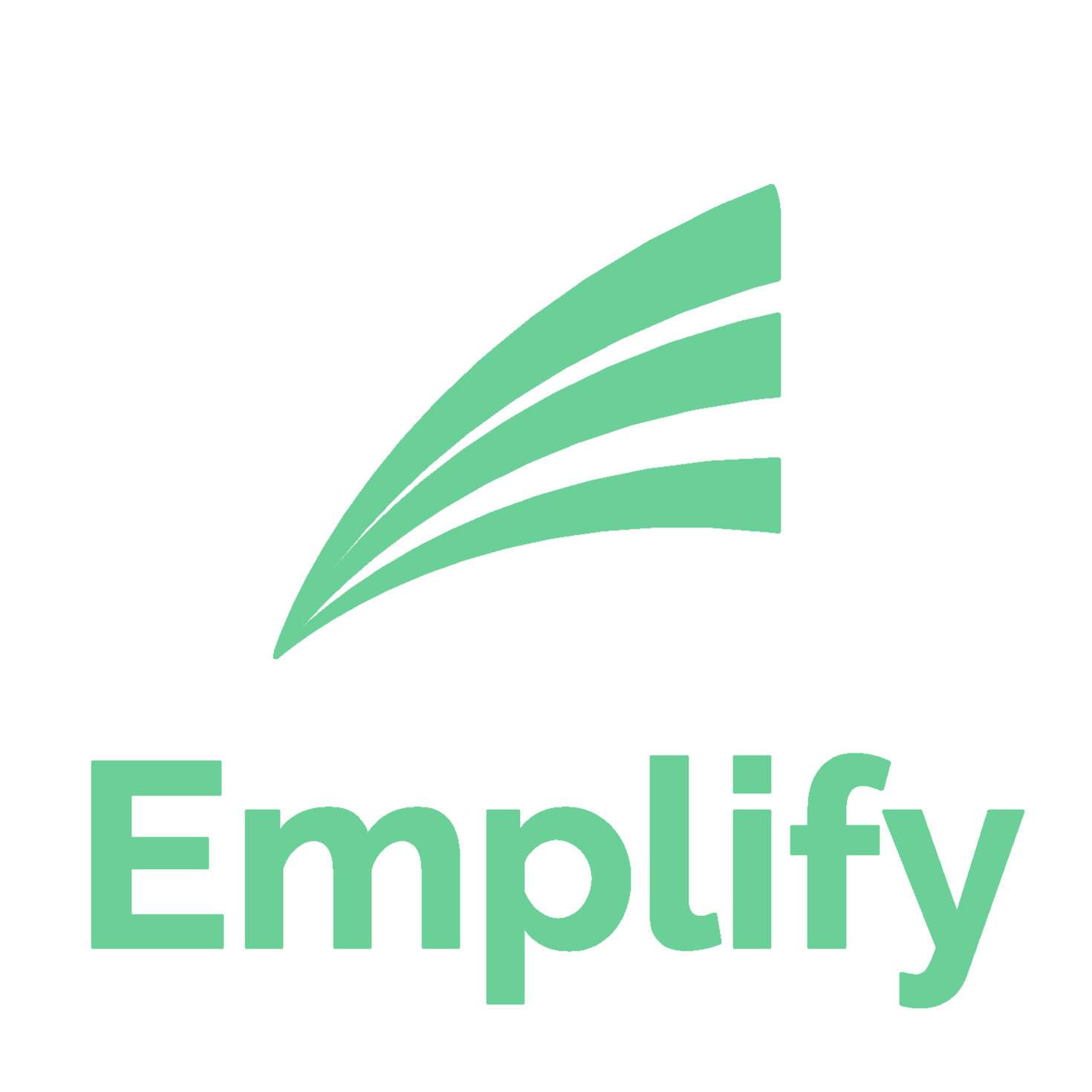Description

Oorwin

Zoho Workerly
Comprehensive Overview: Oorwin vs Zoho Workerly
Oorwin
a) Primary Functions and Target Markets
Primary Functions: Oorwin is an integrated AI-driven platform designed to streamline recruitment, sales, and human resources (HR) processes. It offers features such as:
- Applicant Tracking System (ATS)
- Customer Relationship Management (CRM)
- Human Resource Management System (HRMS)
These features are aimed at enhancing recruitment efficiency, managing client relationships, and optimizing HR processes through automation and advanced analytics.
Target Markets: Oorwin primarily targets the staffing and recruiting sector, along with businesses that require a cohesive system to manage sales and HR operations. It is suitable for small to mid-sized enterprises, although some features may appeal to larger organizations seeking integration across functions.
b) Market Share and User Base
Oorwin is a niche player in the recruitment and HR management software industry. While it does not have the same level of brand recognition or user base as some larger competitors, it attracts a specific clientele looking for a comprehensive integrated platform. The market share is smaller compared to big-name entities in this space, but Oorwin has carved out a competitive position within its target segments.
c) Key Differentiating Factors
- Integrated Platform: Oorwin combines ATS, CRM, and HRMS features in a single platform, allowing seamless workflows across recruiting, sales, and HR functionalities.
- AI-Driven Features: It leverages AI and machine learning to enhance recruitment practices and streamlining processes, including candidate matching and client relationship management.
- Customization and Flexibility: Users can customize the platform to suit specific business needs, allowing a tailored approach compared to more rigid systems.
Zoho Workerly
a) Primary Functions and Target Markets
Primary Functions: Zoho Workerly is a workforce management platform focused on temporary employment and staffing. Key features include:
- Temp scheduling and management
- Client and job order management
- Timesheets and billing
The platform facilitates the organization of temporary staffing tasks and simplifies the process of managing a contingent workforce.
Target Markets: Zoho Workerly targets staffing agencies and organizations that rely heavily on temporary or contract workers. It serves as a solution for agencies looking to efficiently manage short-term labor and associated administrative tasks.
b) Market Share and User Base
Zoho Workerly benefits from the larger Zoho ecosystem, which includes a wide range of business applications. This integration enhances its market reach but still represents a specialized market within the broader HR and staffing industry. It has a sturdy user base among small to medium-sized staffing agencies, growing alongside the rising demand for flexible workforce management solutions.
c) Key Differentiating Factors
- Focus on Temporary Staffing: Unlike many HR management solutions, Zoho Workerly specifically caters to the needs of staffing agencies dealing with temporary workers, offering features like shift scheduling and easy billing interfaces.
- Integration with Zoho Suite: Users benefit from seamless integration with other Zoho applications such as Zoho CRM, Zoho Payroll, and accounting tools, providing a consolidated solution for business operations.
- Cost-Effectiveness: Known for its affordable pricing, Zoho Workerly provides a budget-friendly option for smaller agencies without compromising on essential features.
Comparison and Conclusions
Oorwin and Zoho Workerly both address staffing needs but from slightly different angles. Oorwin offers a broader integration of ATS, CRM, and HRMS, appealing to businesses looking for a unified platform for hiring, client relations, and HR. It excels in providing flexibility and customization, with a competitive edge in AI-driven functionalities.
Zoho Workerly, on the other hand, specifically targets temporary staffing management, integrating well within the Zoho suite and offering cost-efficient, streamlined solutions for managing temp workers. Its clear focus and integration within a broader ecosystem make it appealing to staffing agencies needing robust but straightforward functionalities.
Overall, the choice between them would depend on a business's specific needs: an integrated solution for diverse HR and recruiting requirements (Oorwin) versus specialized support for temp staffing and broader integration with additional business tools (Zoho Workerly).
Contact Info

Year founded :
2017
+1 877-766-7946
Not Available
United States
http://www.linkedin.com/company/oorwin

Year founded :
2018
Not Available
Not Available
India
http://www.linkedin.com/company/zoho-workerly
Feature Similarity Breakdown: Oorwin, Zoho Workerly
When comparing Oorwin and Zoho Workerly, both of which are designed to streamline workforce management and staffing operations, we can break down their feature similarities and differences as follows:
a) Core Features in Common
-
Temporary Staffing Management: Both platforms support the management of temporary staffing, allowing agencies to efficiently find, track, and manage temporary workers.
-
Customer Relationship Management (CRM): Each offers integrated CRM capabilities to help manage client interactions and improve business relationships.
-
Timesheet and Attendance Tracking: Both tools include features for tracking worker attendance and timesheet management, crucial for payroll processing.
-
Job Order Management: Both allow users to create and manage job orders as part of their core functionality.
-
Analytics and Reporting: Each platform provides reporting tools that give insights into various aspects of staffing operations, such as performance metrics and financials.
-
Client and Worker Portal: Both systems offer portals for clients and workers to access relevant information, submit timesheets, and view job assignments.
b) User Interface Comparison
-
Oorwin: Known for its intuitive user interface, Oorwin integrates CRM, ATS, and HRMS functionalities in a unified platform. The design focuses on providing a seamless transition between different modules, with a dashboard that highlights key metrics and tasks that users need to address promptly.
-
Zoho Workerly: Zoho Workerly’s UI is designed with simplicity and ease of use in mind, consistent with the overall design ethos of Zoho applications. The UI often appeals to users familiar with other Zoho products, offering an interconnected experience with a clean, straightforward navigation structure.
c) Unique Features
-
Oorwin:
- AI-Powered Tools: Oorwin incorporates AI-driven analytics and automation in candidate matching and job recommendations, optimizing the hiring and staffing process.
- Seamless Integration Across HR Functions: It uniquely combines ATS, CRM, and HRMS functions in a single platform, allowing for more efficient cross-functional workflows.
-
Zoho Workerly:
- Integration with Zoho Suite: Offers seamless integration with other tools in the Zoho ecosystem, such as Zoho People and Zoho CRM, benefiting businesses already using Zoho’s suite of products.
- User-Friendly Scheduling: Known for its robust scheduling features, Zoho Workerly allows easy drag-and-drop functionalities for creating and managing shift schedules.
Conclusion
While both Oorwin and Zoho Workerly share several core features ideal for staffing and workforce management, the choice between them often comes down to specific organizational needs and existing technology infrastructure. Oorwin stands out for its AI integration and holistic HR approach, while Zoho Workerly offers a straightforward interface with strong connectivity to the broader Zoho ecosystem.
Features

Not Available

Not Available
Best Fit Use Cases: Oorwin, Zoho Workerly
Oorwin and Zoho Workerly are two distinct platforms catering to specific business needs primarily in the fields of human resources, staffing, and workforce management. Understanding the best fit use cases for each can help organizations choose the right solution tailored to their needs.
Oorwin
a) For what types of businesses or projects is Oorwin the best choice?
Oorwin is primarily designed for staffing companies, recruitment agencies, and enterprises focused on optimizing their human resource management and recruitment processes. It provides an integrated platform that combines talent (human resources), sales (CRM), and recruitment software into one unified solution. The platform’s strengths lie in its ability to streamline recruitment workflows, automate HR tasks, and manage client and candidate relationships effectively.
- Use Cases:
- Staffing and Recruiting Agencies: Oorwin is ideal for agencies looking to streamline their recruiting processes, manage a high volume of candidates, and maintain a centralized database.
- Enterprises with Large Recruitment Needs: Companies that conduct large-scale hiring or have continuous recruitment drives can benefit from Oorwin’s robust recruitment automation features.
- Companies Looking for Integrated Solutions: Businesses that require a combination of ATS (Applicant Tracking System), CRM, and HRMS in one platform for seamless operations.
d) How does Oorwin cater to different industry verticals or company sizes?
Oorwin is scalable and flexible, making it suitable for small to large staffing agencies and enterprises across various industries. While particularly beneficial for staffing and recruiting sectors, it also serves IT and consulting firms that need an integrated approach to manage clients and talent. Its cloud-based architecture allows customization to cater to specific industry needs, thereby offering solutions to companies of different sizes, from startups to established enterprises.
Zoho Workerly
b) In what scenarios would Zoho Workerly be the preferred option?
Zoho Workerly is targeted toward workforce management, particularly focusing on temporary and contract staffing solutions. It is best suited for businesses that engage temporary workers or freelancers and need efficient management of such talent pools.
- Use Cases:
- Temp Staffing Agencies: Ideal for agencies specializing in temporary staffing solutions where scheduling, time tracking, and contract management are crucial.
- Industries with Fluctuating Workforce Needs: Retail, hospitality, and event management companies that have varying staffing needs can leverage Workerly for effective roster management.
- Freelance and Gig Economy Employers: Organizations or platforms that hire freelancers or gig workers can benefit from Workerly’s management capabilities.
d) How does Zoho Workerly cater to different industry verticals or company sizes?
Zoho Workerly is adaptable for industries with variable staffing requirements. Its focus on temporary and contract workforce management positions it as a preferred solution for sectors like events, hospitality, retail, and gig economies that experience fluctuating demands. While initially appealing to small and mid-sized businesses, Workerly’s features such as digital timesheets, work order management, and compliance tracking also make it a viable option for larger organizations that rely on contract staffing.
In summary, Oorwin is best for staffing and recruitment-focused companies seeking an integrated HR, sales, and recruitment platform, while Zoho Workerly excels in managing temporary and flexible workforce needs across various industries. Both platforms address different aspects of workforce management, catering to diverse business needs and sizes.
Pricing

Pricing Not Available

Pricing Not Available
Metrics History
Metrics History
Comparing teamSize across companies
Conclusion & Final Verdict: Oorwin vs Zoho Workerly
When comparing Oorwin and Zoho Workerly, it is important to assess various factors such as features, pricing, integration capabilities, user experience, and the specific needs of your organization. Below is a detailed conclusion and final verdict based on these factors:
a) Best Overall Value
Zoho Workerly generally offers the best overall value for organizations that are part of the Zoho ecosystem or those looking for a straightforward, flexible, and cost-effective temporary staffing solution. Its seamless integration with other Zoho products can enhance overall operational efficiency for organizations already invested in the Zoho suite.
b) Pros and Cons
Oorwin:
-
Pros:
- Comprehensive platform that supports recruiting, staffing, and human resources, making it suitable for larger organizations looking to consolidate multiple functions.
- Advanced AI and analytics capabilities for talent acquisition and management.
- Robust customer support and customizable solutions tailored to specific industries.
-
Cons:
- Can be complex to set up initially, requiring a steeper learning curve.
- Potentially higher cost for smaller businesses or organizations with limited requirements.
Zoho Workerly:
-
Pros:
- User-friendly interface and easy-to-navigate system, ideal for small to mid-sized companies.
- Cost-effective, especially for organizations that already utilize Zoho products.
- Strong integration capabilities within the Zoho ecosystem, improving workflow automation.
-
Cons:
- May lack the depth of features required by larger enterprises or specialized industries.
- Limited customization options compared to more comprehensive platforms like Oorwin.
c) Specific Recommendations
For users deciding between Oorwin and Zoho Workerly, consider the following recommendations:
-
Assess Your Needs: Evaluate the size and specific requirements of your organization. If your operations require a comprehensive suite that includes staffing, recruitment, and HR capabilities, Oorwin may be more suitable.
-
Integration Requirements: If your organization already utilizes Zoho products or plans to adopt other tools from the Zoho ecosystem, Zoho Workerly may offer better integration and seamless process flows.
-
Budget Considerations: Consider your budget and the total cost of ownership, including licensing fees and potential additional costs for setup or customization. Zoho Workerly might be more cost-effective for smaller budgets.
-
Scalability and Customization: Larger enterprises with complex needs might benefit more from Oorwin’s scalable and customizable offerings, while smaller businesses may prefer the simplicity and integration features of Zoho Workerly.
In conclusion, the best choice depends on specific organizational needs, existing technology stack, and budget considerations. Zoho Workerly stands out for its integration capabilities and simplicity within the Zoho suite, while Oorwin offers more extensive functionalities for organizations requiring a broader set of features.
Add to compare
Add similar companies




